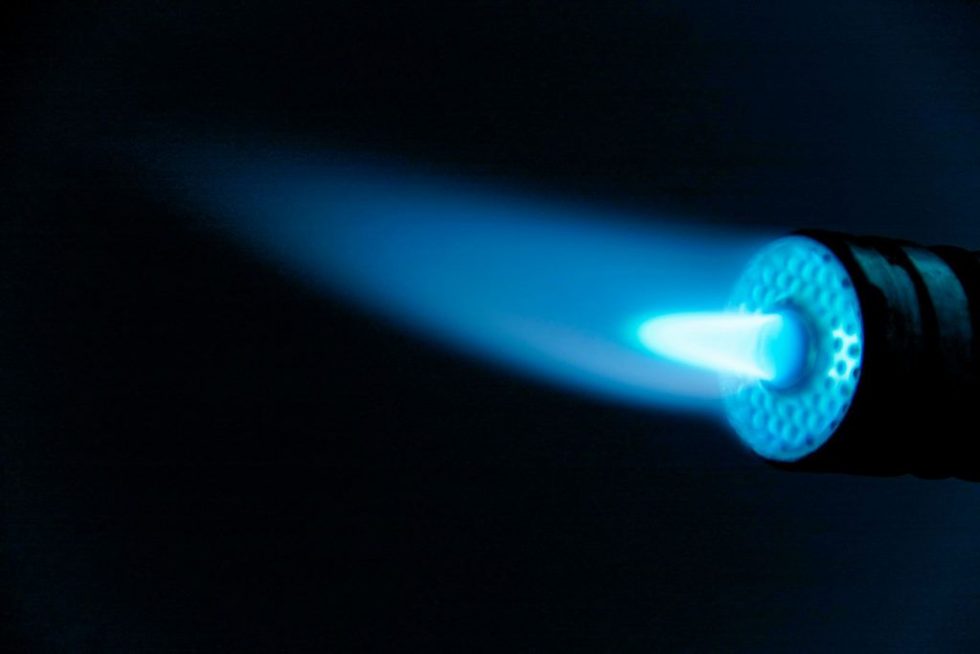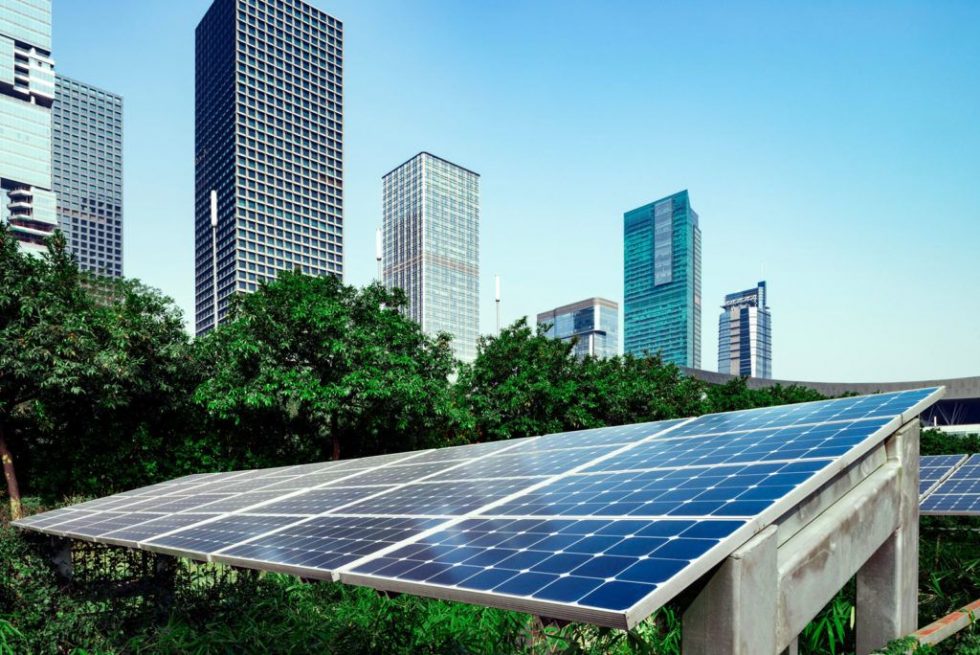Green hydrogen is ideal for decarbonising some industrial processes which cannot be electrified. Hydrogen is also the feedstock for several large industries where green hydrogen will replace grey hydrogen. Even better, green hydrogen is also key to Carbon Capture and Utilisation (CCU) when carbon emissions cannot be avoided. Green hydrogen can be combined with CO2 to produce e-fuels including methane, methanol and kerosene.
Industry

Iron and Steel
Green hydrogen opens up extraordinary possibilities for decarbonizing the metallurgical industry.
Steel production can be decarbonised using green hydrogen in the Direct Reduced Iron (DRI) process. The grey hydrogen currently used with nitrogen to create a protective atmosphere in ovens and furnaces can also be replaced by our green hydrogen.
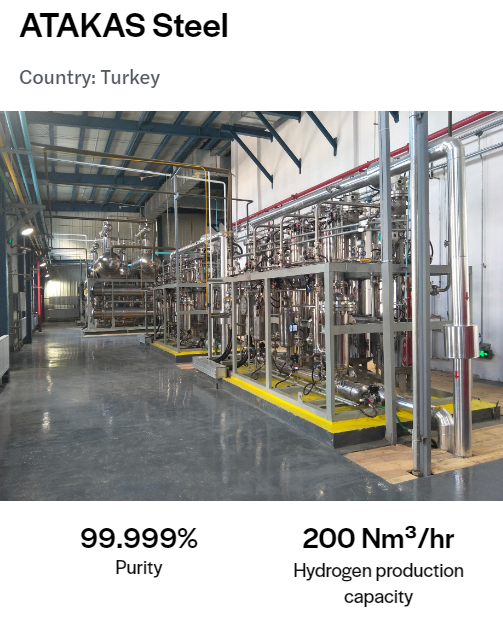
Glass
Hydrogen is used with nitrogen as a protective atmosphere in float glass furnaces.
John Cockerill has installed over 100 MW of their electrolyzers for over 35 customers in the glass industry.

Chemicals
Hydrogen is a feedstock in several chemical industries, such as in the production of fertilisers. Green hydrogen can replace grey hydrogen and therefore decarbonise these industries. In addition, ammonia is considered the most promising carrier for hydrogen transport.
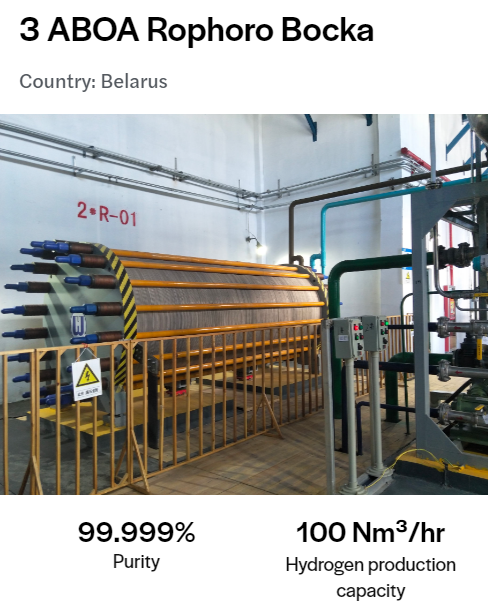
Power Plants
Hydrogen is used to cool generators in thermal or nuclear power plants.
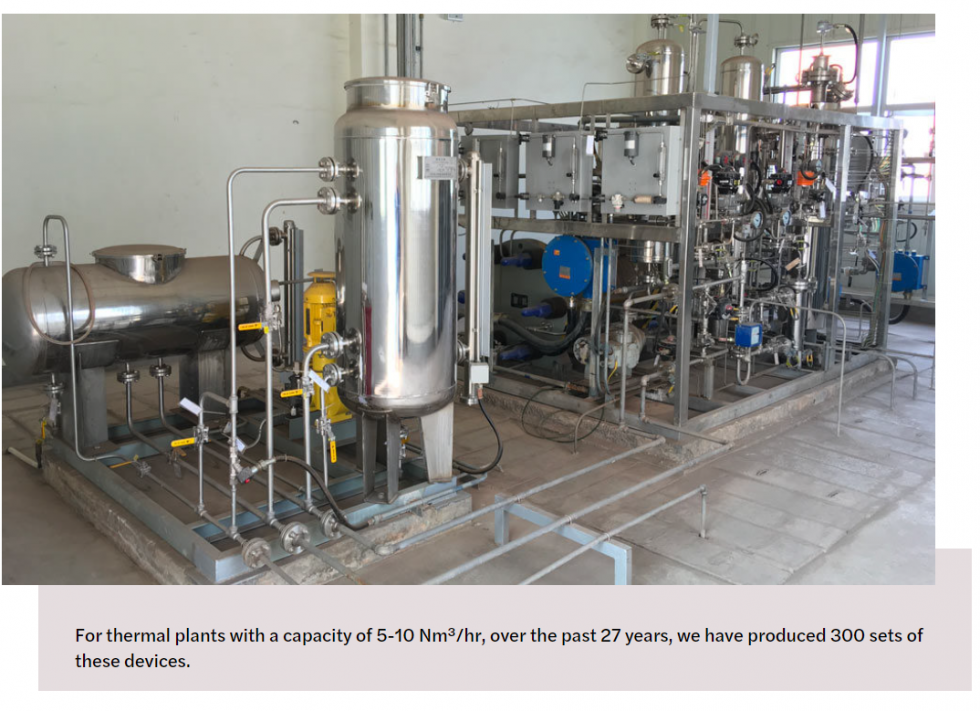
Polysilicon
The polysilicon industry needs large volumes of hydrogen. John Cockerill’s first two DQ1000 electrolysers were installed in a polysilicon plant in 2018.
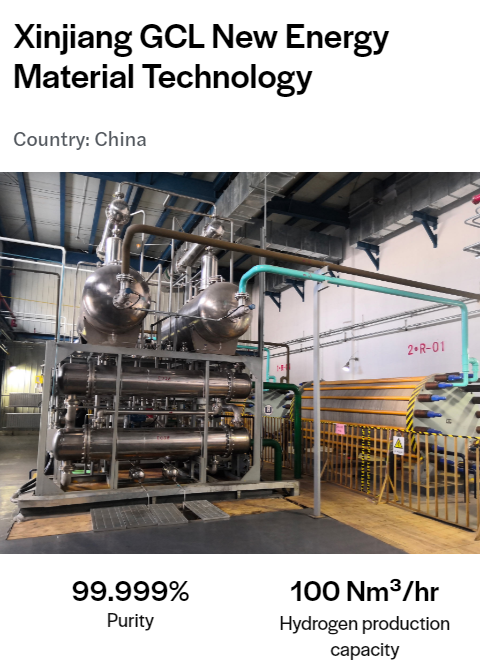
Carbon Capture and Utilisation (CCU)
Green hydrogen can be combined with CO2 to produce fuels such as methane, methanol or kerosene (referred to as e-fuels, e-methane, e-methanol or e-kerosene). This will enable to recover and valorize the CO2 released by some industrial processes.
In Belgium, together with other world leaders Carmeuse and Engie, John Cockerill is part of the project to build the world’s largest e-methane production plant while decarbonising lime production.





